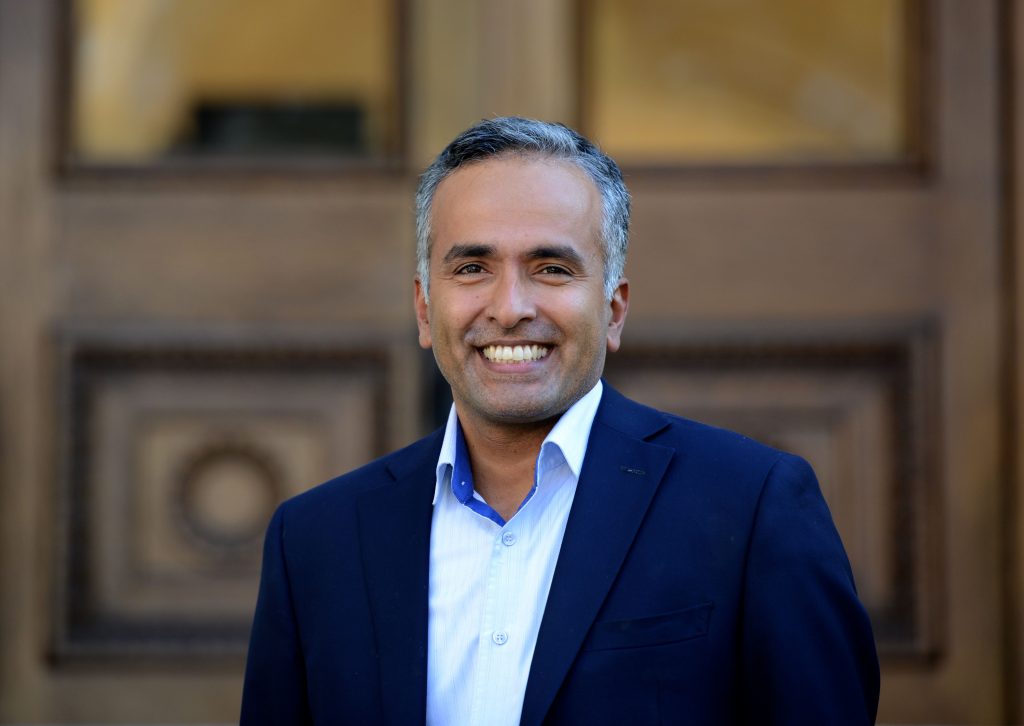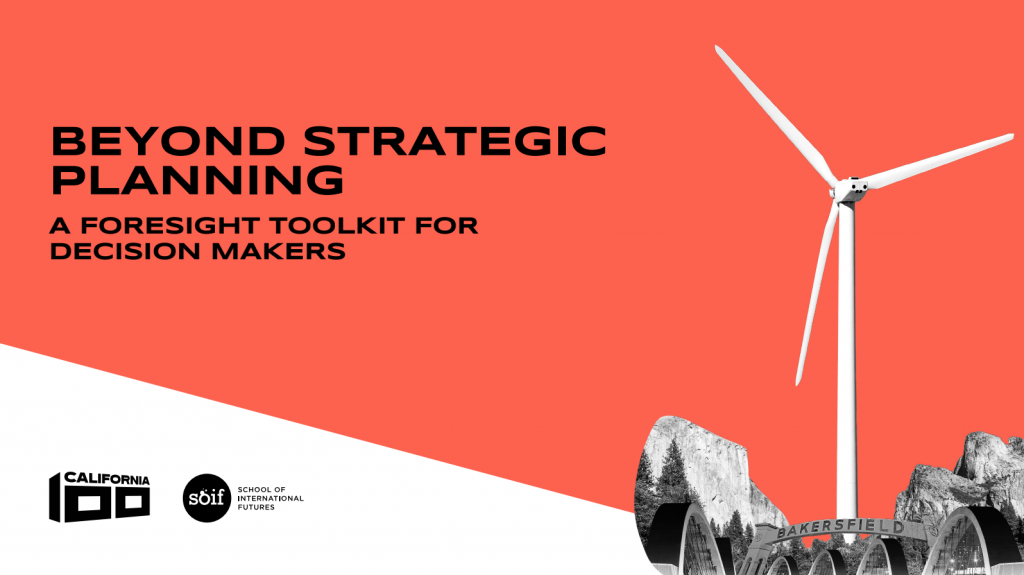
Karthick Ramakrishnan, new Strategy Lead for the Americas at School of International Futures (SOIF) and former director of the California 100 Initiative, explores the significance of democratising foresight and its role in shaping fairer, more inclusive policies.
What did you learn from the California 100 experience, and how do you see it informing foresight work in the Americas?
There are so many lessons we learned from our work in California! First, we needed to democratise the work of foresight, and we needed to do it fairly quickly. The more general lesson is that, given the urgency of the moment and the high levels of volatility and uncertainty across many issue areas, we need to make the tools of foresight more readily accessible. And we need to make the value of foresight more readily apparent to stakeholders across a variety of sectors – government agencies, researchers, interest groups, community organisations and the general public.
We also found it very helpful to have an intergenerational commission whose individual members had depth of expertise and experience in one issue area, as well as a strong command of issue interdependence with a few other related areas. It was important to have the time and space to build stronger connections and deeper relationships. Pandemic-related disruptions made meetings more convenient, but made it more difficult to build deeper relationships among our Commissioners. With post-pandemic travel and in-person meetings more common again, I am hopeful that future efforts can have more opportunities for in-person meetings that promote relationship building and creative/collaborative problem solving.
We also found it important to engage with research institutes that had high credibility in particular policy areas. Within these institutes it was important to make researchers more adept in foresight methods such as scenario design and analysis. I feel like we did a good job in supporting policy researchers to feel comfortable with high degrees of complexity and uncertainty. We also got researchers used to long-term futures research that is different from projections and forecasts. In the future, I would like to be able to use our toolkits – which we developed towards the latter end of our initiative – to get researchers and research institutes more adept at a wider range of foresight tools. These tools can help us do better in terms of futures planning and anticipatory governance.

More generally, I am very grateful that we produced several toolkits that will help deepen foresight work in California and will help it spread and scale across other states, localities and countries. I am especially proud of the toolkits we made for organisation leaders of various stripes, from government agencies to nonprofit organisations. I’m also proud of the toolkits we developed for young people to be able to create their own manifestos for the future. These toolkits will support people to generate ambitious visions as well as concrete strategies and commitments to make those visions a reality.
What are your hopes regarding the UN Summit of the Future, and what can we do to take full advantage of its potential?
The UN Summit of the Future is a major opportunity for us to broaden and deepen the work of strategic foresight. The United Nations is putting its weight and credibility behind this, and member states are spending time and resources on this effort. So it makes this a possible inflection point in growing awareness, interest and momentum in building foresight as a core capability in public policy and in civil society.
In order to take full advantage of this potential, we need to find ways to work in a collaborative and synergistic manner with the UN-led effort. We also need to bring a much larger group of people and sectors together. There is an opportunity to work collaboratively to bring together hundreds of “dreamers and doers” — from industry and community organisations, from national, state, and local governments, from research institutes as well as advocacy groups, and leaders from indigenous groups and various generations — to convene locally and globally at the same time as the UN Summit. That way we can ensure far greater adoption of foresight approaches like intergenerational fairness in the years to come.
What are you looking forward to in this new role?
I am really looking forward to contributing to the future of intergenerational fairness work. The work will be challenging, but I’m excited for it, and can’t wait to learn and contribute to this essential body of work.
Stay updated on our latest insights in anticipatory governance by signing up for the SOIF newsletter.
